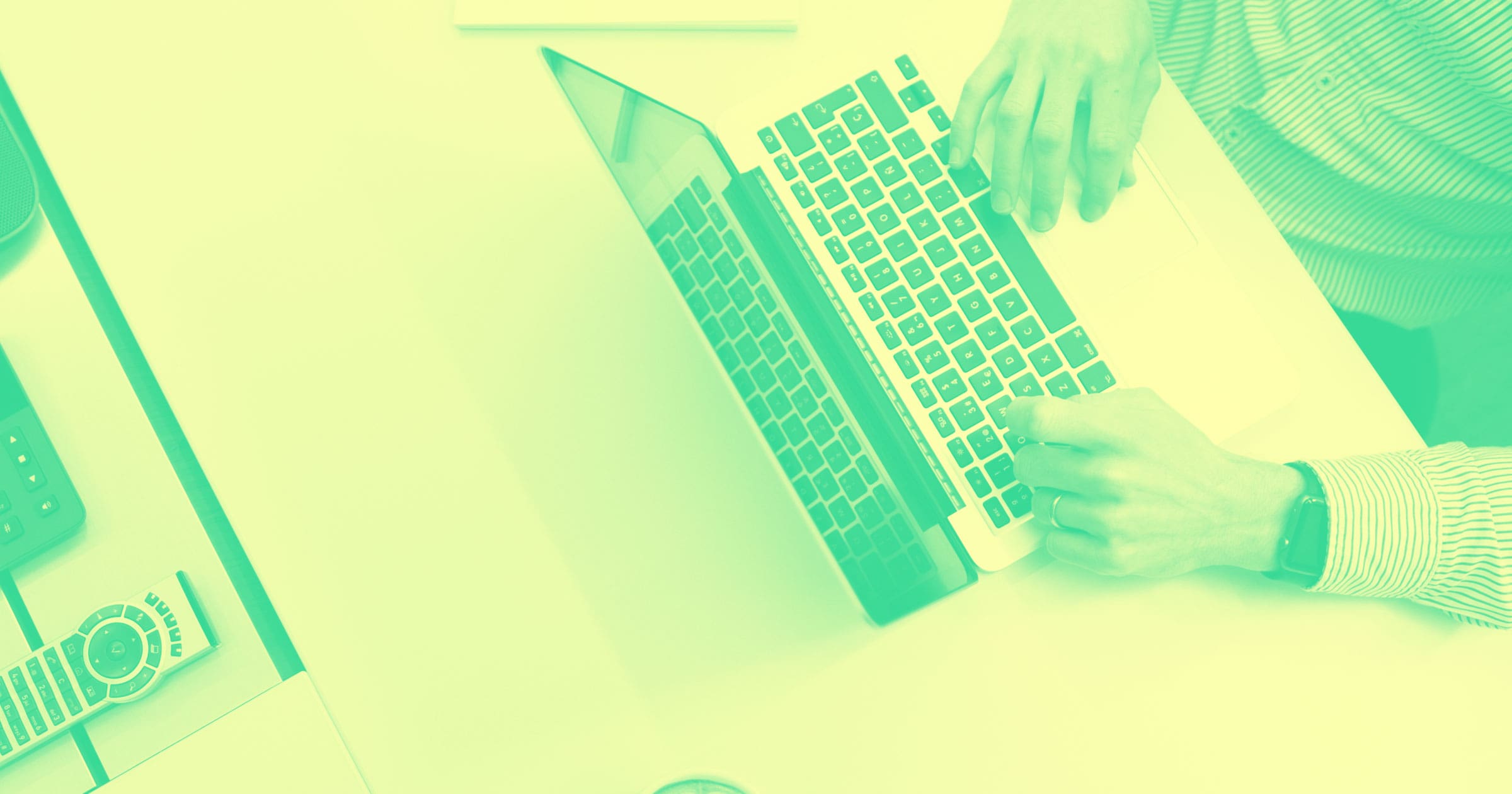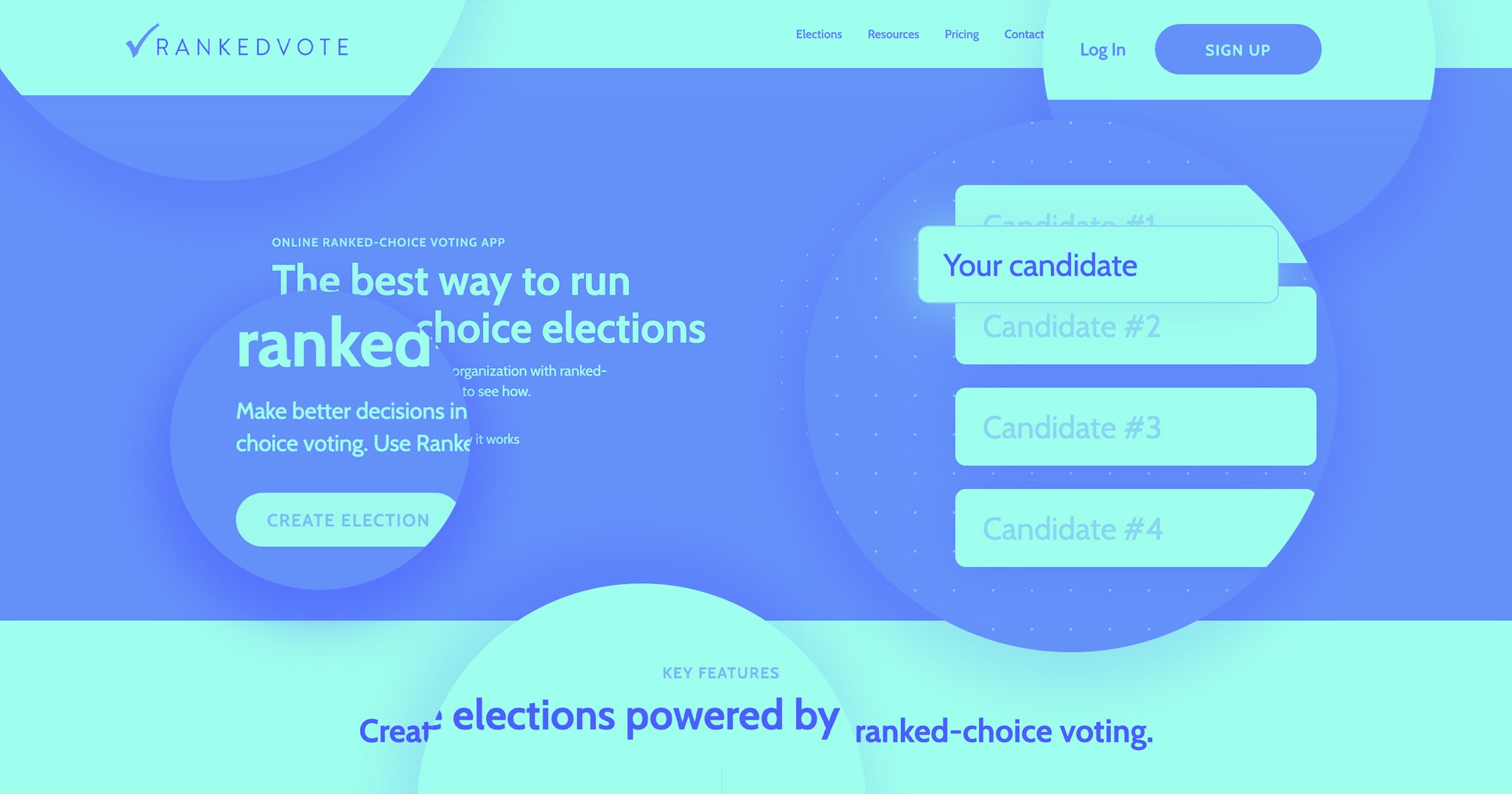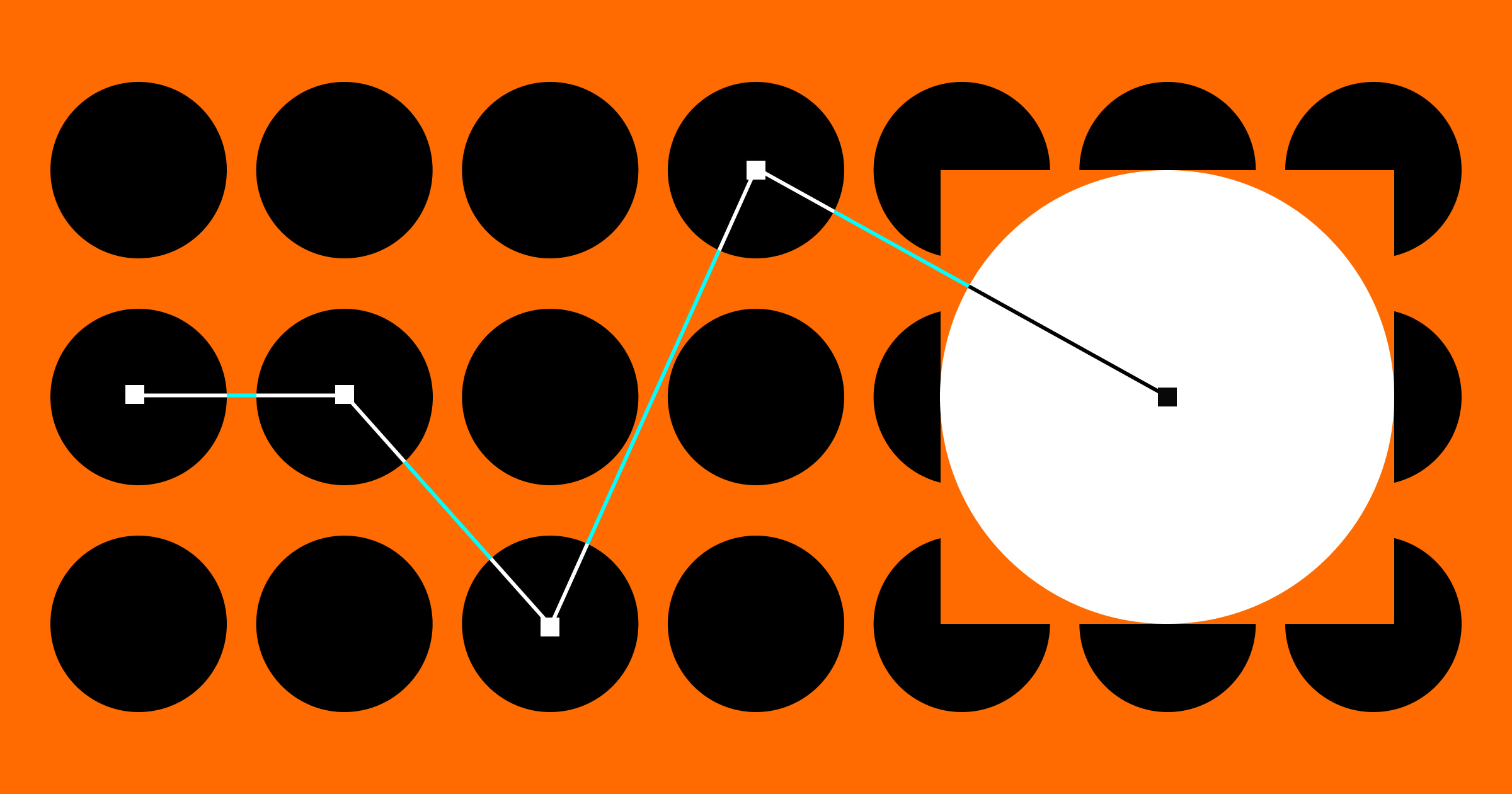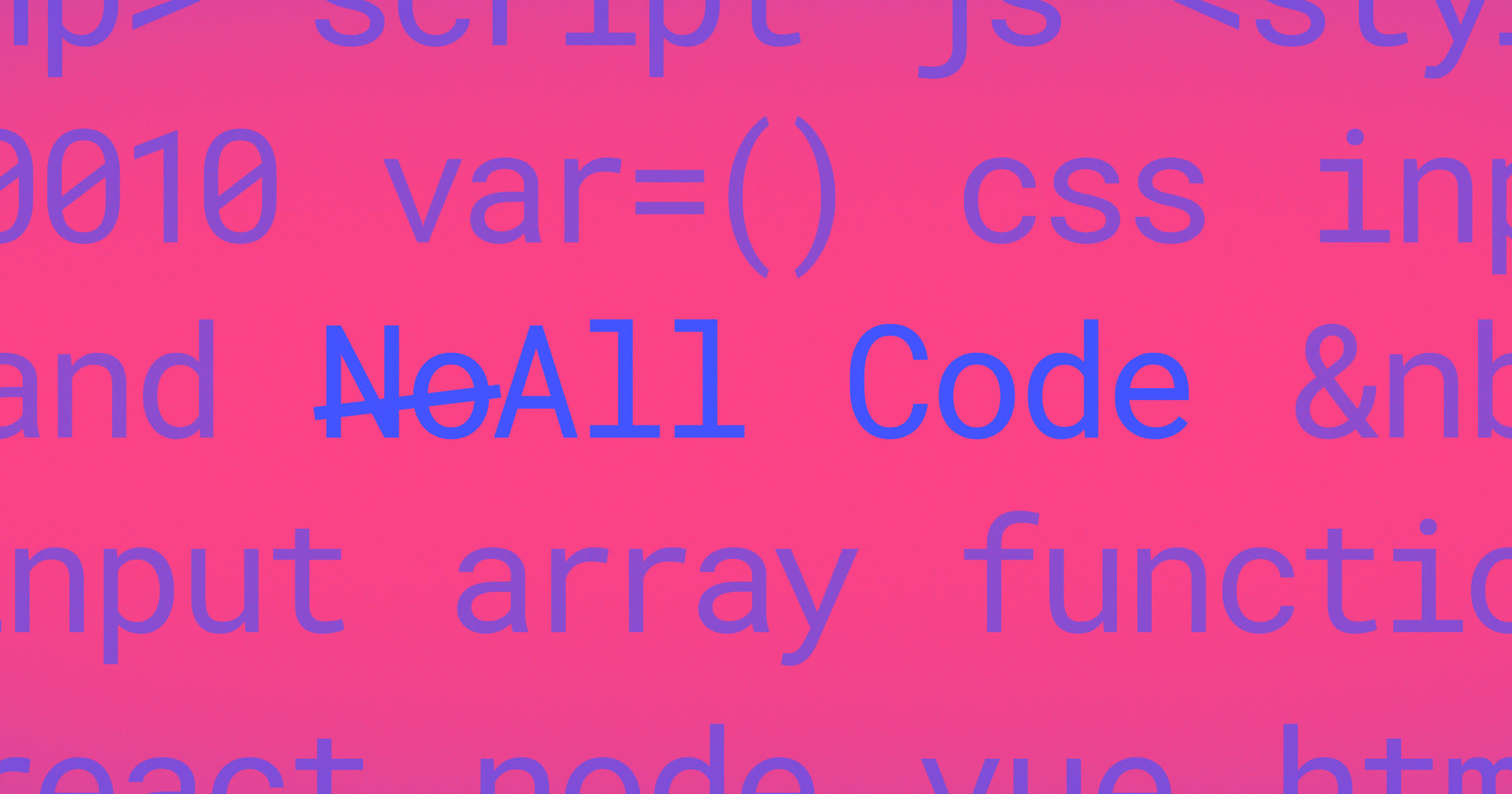Ben Tossell, founder of Makerpad, used the "no-code" movement to create a profitable business that empowers makers across the world. We sat down with Ben and asked him a series of questions to get a better understanding of how no-code is changing the status quo.
For the past few years, the no-code movement has enabled makers to build amazing products without having to know how to code. From simple websites to full-blown web applications, no-code apps have allowed creators to break the code barrier and turn their ideas into a reality.
There’s been a rising trend in the ability to quickly go from 0 to 1 using no-code platforms — that is, going from idea to initial product. But no code doesn’t just stop there.
In fact, while the name implies that you don’t have to code, what you’re really doing is taking the principles of code and applying them in a visual user interface.
In a sense, no-code tools can help speed up many business processes to scale from 1 to 100. From automating routine tasks to integrating new features, no-code allows team members of all backgrounds to take ownership of product areas that once only a developer could understand.
This means teams can not only launch faster, but they can also save on overhead costs. And if you think about it, that’s pretty magical for a business of any size.
But how does all of this apply to the real world? Well, we interviewed someone who’s doing it right now.



















Free ebook: The no-code revolution
Discover the impact the no-code movement will have for the future of makers and businesses.
An interview with a no-code expert
We sat down with arguably one of the most prominent figures in the no-code space, Ben Tossell. He’s the founder of Makerpad, a resource developed to educate businesses and entrepreneurs on how to build and scale with no code. Oh, and the site is built entirely with no-code.
Makerpad is one of many no-code resources currently out there. We've actually listed a handful of them in “The no-code revolution” ebook — a full walkthrough of what no-code really is and the power it can have for businesses worldwide.
To get a better idea of how impactful no-code can be for businesses, we asked Ben a few questions. Without further ado, here’s a Q&A with Ben Tossell himself.
Could you give us a quick overview of who you are and what you’re up to these days?
“I'm Ben. I used to run the community at Product Hunt (PH) a few years back. I've never been a coder, but my time at PH spurred me to build things with awesome tools I found without code. I built Makerpad as a way to teach others how to build projects and workflows without code. Makerpad has a collection of bootcamps and tutorials, a growing community, and a marketplace for people to discover how to build almost anything without code.”
What does being a “maker” mean to you?
“Being a maker means you are curious and tinker with tools to create something, no matter what the hurdles may be. The best makers find their way around obstacles. Most of the time I aim for 80% done. Which means I ask myself: can I build the 80% version of my idea without code, using the tools I know or can learn in minutes and hours, vs days and weeks?”
What does the no-code movement mean to you?
“The no-code movement is enabling the 99% of us who cannot write code. It’s software creation as I’ve always wanted it to be. Not being able to write code should not be the barrier for you to be able to build something that your unique creativity can dream up.”
What drove you to commit so much to no-code tooling and education?
“I didn’t have an option in my eyes. I was always the “idea” person and getting told “learn to code” or “find someone technical to build it.” I never knew if any idea would work so I didn’t want to take months learning to build a shitty version of it. No-code allows me to spin up any idea in minutes and validate it without diving deeper. It’s a super valuable skill to master and I feel like everyone will learn about building without needing to write code in the future.
It’s enabled me to do so much, I want to open up the eyes and creativity of the 99% of us who can’t code.”
How do you see the no-code movement altering the startup landscape — and by extension, the larger business landscape — over the next few years?
“I think it’s blowing it up completely! More people have more access to build more things. I don't know if more startups are better for the world, but more startups definitely means we get to see lots of weird and wonderful projects across all niches.
No-code puts a bigger focus on the small business/bootstrapper projects — and so it should. There should also be a huge support system around just building for fun. It doesn’t all need to be high stakes. The more we build, the more we push limits and accelerate the production of things we get to see and experience. That's a win in my book!"
We noticed this tweet where you anticipate the Y Combinator crowd getting “riled up” by your no-code version of Airbnb. Do you often run into resistance to your work from more code-focused folks? If so, how do you think about / manage such reactions?
“People think that there is this big rivalry of code vs no-code, but there isn’t (or shouldn’t be). We are both trying to create a product but our brains are wired differently. Writing the code would be what stops me. 25% of our community are actually developers and I continually talk to devs who love the no-code movement. Developers are also fed up of spinning up the same 10 things when creating a new project too. No-code helps them quickly launch and validate without spending weeks on something that may not work.”
What’s your process for deciding on what to build without code next?
“We used to just build whatever we wanted to and I’d like to say that has changed a lot into a structured format but it hasn’t really. We know what people want to see and what is interesting to us. We like to look at other companies to see a process they do super well and how we could show off something similar with no-code tools...maybe we should deep-dive on Webflow’s content creation process, that would be dope. We have a bunch of themes that always stick out so most of our content fits in those themes (basics, marketplaces, memberships, sales, growth etc).”
How did you approach launching Makerpad? In particular, how did you define and validate the need/market for it?
“I started building a screencasting business and teaching no-code in 2018 without realizing what a tough gig it is. I brought on a friend (and engineer) who’s a prolific maker to help build a custom platform. I wanted to sell business software and lost focus. It really got away from me to the point where I didn’t really know what I was doing.
So at the end of 2018 I regrouped and thought about what I liked, didn't like, and what users loved. How could I build something sustainable for me and my potential customers? I decided to focus on doing less which birthed Makerpad — focus on educating people. And then I did what I always do — I built it first. It took a couple of days to get a landing page up, curate and create content, and away it went!”
What are the fundamental no-code tools, to your mind?
“There needs to be a front-end, database, connectors and payments so Makerpad is built with Webflow as the front, Airtable as the database, Memberstack & Stripe to handle payments and memberships then Zapier to connect everything together."
If you could give every no-code maker one piece of advice, what would it be?
“Whatever your idea is, there’s probably a way to make it (or an 80% version) without code. Be curious and test platforms to see what you like working with and what you can link together. Experiment, fail, and learn.
You’ll figure stuff out quicker than you think.”
Welcome to the age of no-code
At its core, the no-code movement is just an evolution of core principles that has driven technological innovations for millennia.
No-code embodies the desire to democratize and scale processes, tools, and access to mediums which were once only available to a small group of people. Through software democratization, the no-code movement will multiple the potential of what humankind can create.
It’s a magical time to be a maker.

Get started for free
Create custom, scalable websites — without writing code. Start building in Webflow.































